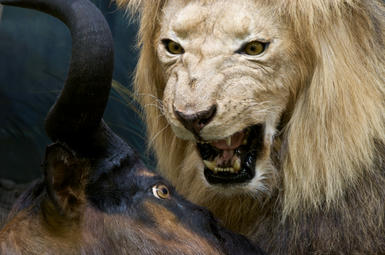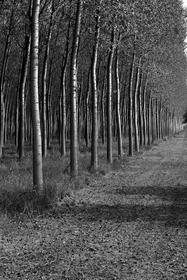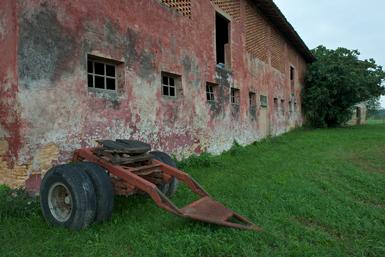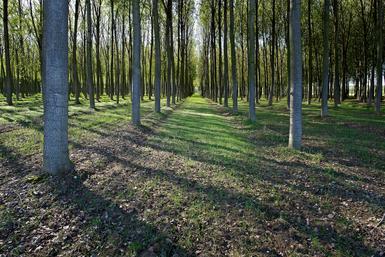File Size Flexibility
In digital photography there is much discussion about file size. File size? What is that? This refers to the number of megapixels (MP) a given chip or sensor in a camera has to capture the light coming through the lens.
Generally, the number of megapixels has increased in size since early digital cameras. What was once regarded as excellent at 6 MP is now thought of as being small and what was regarded as impossible at 24 or 36 MP is now relatively commonplace.
On screen at 72 DPI (dots per inch), pretty much any camera makes files that look very good. That can include smartphones. It is when putting ink to paper to make a print that some of the smaller file size cameras and smartphones don't hold up.
Again, generally, the larger the file size, meaning the higher number of MPs a camera can record, the larger the prints it can make.
There are important and longer range considerations to keep in mind regarding what camera you use and what you can and can't do with the files shot with it.
In early digital days my first digital still lens reflex (DSLR) camera was a Nikon D70. I believe its sensor made 6 MP RAW files. This becomes larger when processed into an RGB file and ends up at about 34 MP. (BTW: RAW is not an acronym for anything and simply means that the file once shot isn't processed into anything in the camera. That's why it shooting RAW is referred to sometimes as a "digital negative").
Small files sizes look fine on screen:

This photograph of my 8 x 10 camera in Wyoming shot in 2005 looks fine here on screen, but blow it up and take a look at its makeup were you to make a print 36 inches across and a crop looks like this:
Not so good.
So, what's my point? The only real reason for a 24 or 36 MP DSLR over something like a 10 or12 MP camera is print size. Simple enough.
Let's compare what that looks like:
Full file from the Nikon D800e (36MP):

and the cropped image:

Nothing is falling apart here because there is far more information contained in the file and therefore an enlargement holds the sharpness and detail far better. This is roughly equivalent to the difference in enlarging a 35mm negative to a big print size verses enlarging a 4 x 5 or 8 x 10 inch negative to the same size.
So, much is made of new cameras and their amazing capabilities but stick to making 4 x 6 inch prints and you could be working with a 10 year old digital camera and the quality would be fine and you could save your money.
For most people out there a camera shooting in RAW mode at 12-16 MP is about right and meets most needs. Anything with more MP is for those wanting to make larger prints at higher quality.
All this is pretty straightforward and may sound like Digital Photography 101 to many of you but there is a more subtle and longer ranging issue to think about and that is: what do you want to do with the photographs you make now in the future?
Since beginning to work with full frame sensors and cameras with 24 or 36 MP chips, I have had options available to me in terms of print size I didn't have before.
Another way to put this is that I cannot show any pictures I made with the 6 MP D70 Nikon larger than about 8 x 10 inches, and even that is a stretch. For someone who often makes 36 to 40 inch prints for exhibition, this simply eliminates that work from consideration. Knowing this back then, I wasn't very serious about what it could do and didn't dig in and make real work with it at all, thank goodness.
A final point: I seem to be saying that working with a full frame sensor camera that shoots a RAW file in the 24-36 MP range makes good sense, and I believe it does. The downside is that everything gets bigger and slower too. This means larger and more storage, bigger files and slower computer times.
So be it. It seems a worthwhile trade off to me.























 and here, what it was pointed at:
and here, what it was pointed at:











